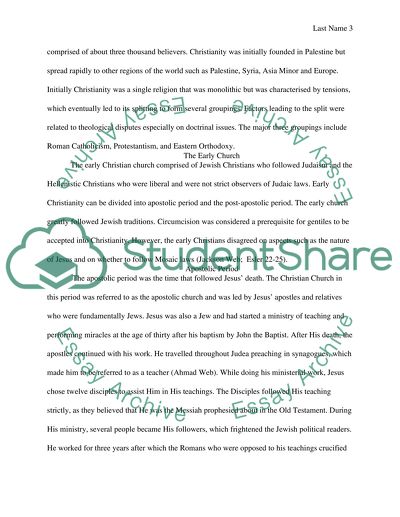Cite this document
(“Origin and Evolution of Christianity Research Paper”, n.d.)
Origin and Evolution of Christianity Research Paper. Retrieved from https://studentshare.org/religion-and-theology/1399595-origin-and-evolution-of-christianity
Origin and Evolution of Christianity Research Paper. Retrieved from https://studentshare.org/religion-and-theology/1399595-origin-and-evolution-of-christianity
(Origin and Evolution of Christianity Research Paper)
Origin and Evolution of Christianity Research Paper. https://studentshare.org/religion-and-theology/1399595-origin-and-evolution-of-christianity.
Origin and Evolution of Christianity Research Paper. https://studentshare.org/religion-and-theology/1399595-origin-and-evolution-of-christianity.
“Origin and Evolution of Christianity Research Paper”, n.d. https://studentshare.org/religion-and-theology/1399595-origin-and-evolution-of-christianity.


